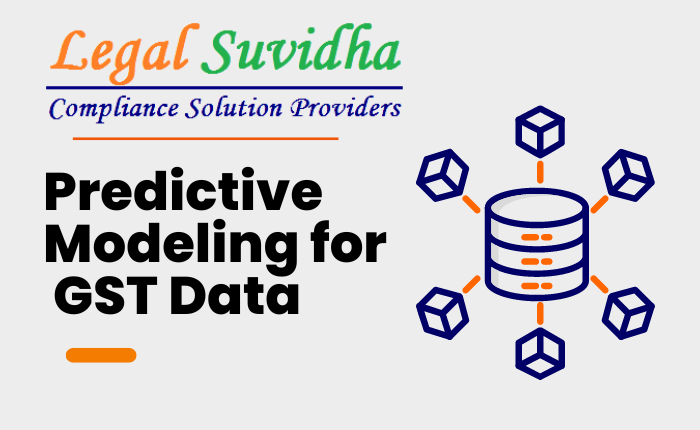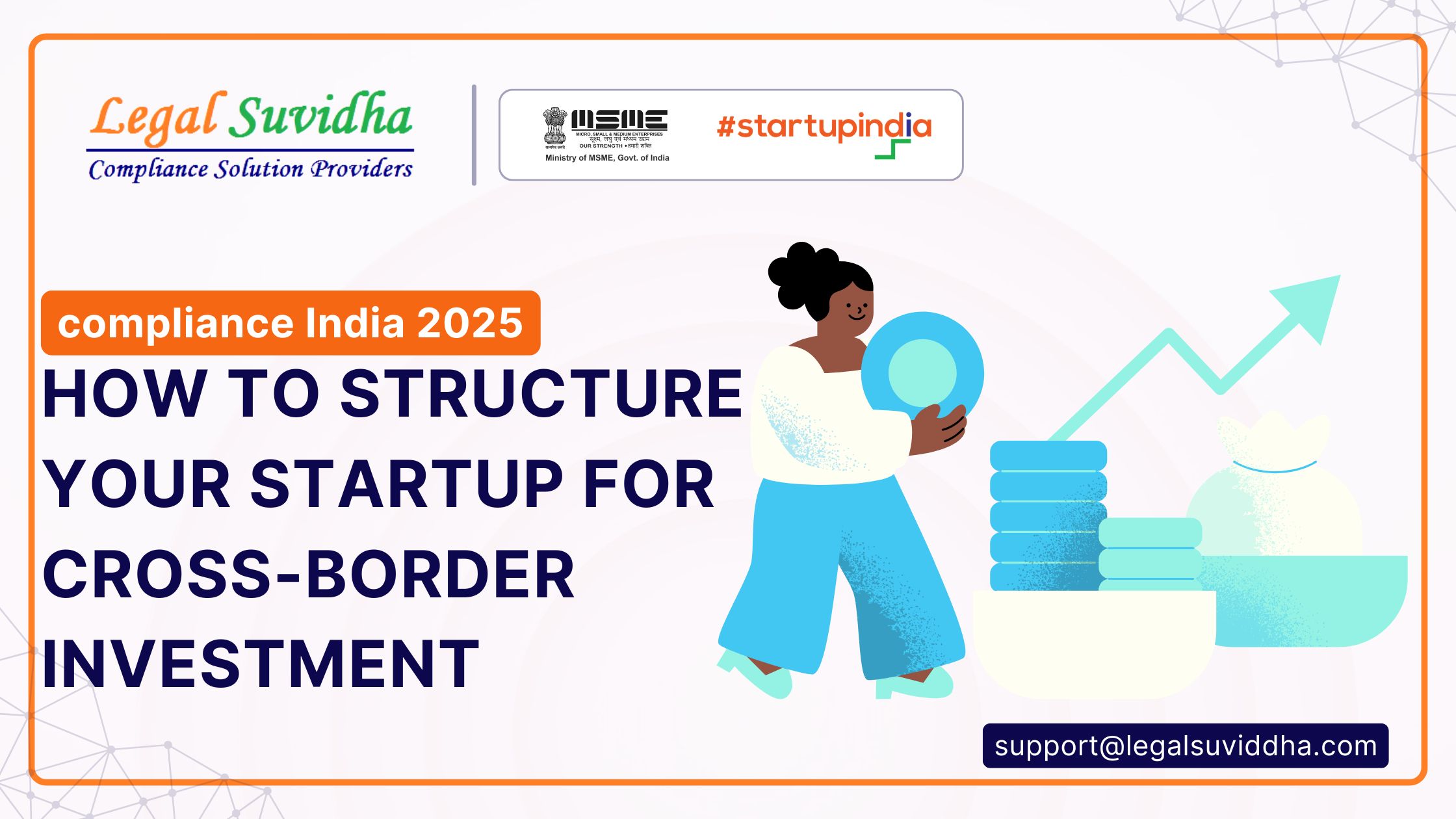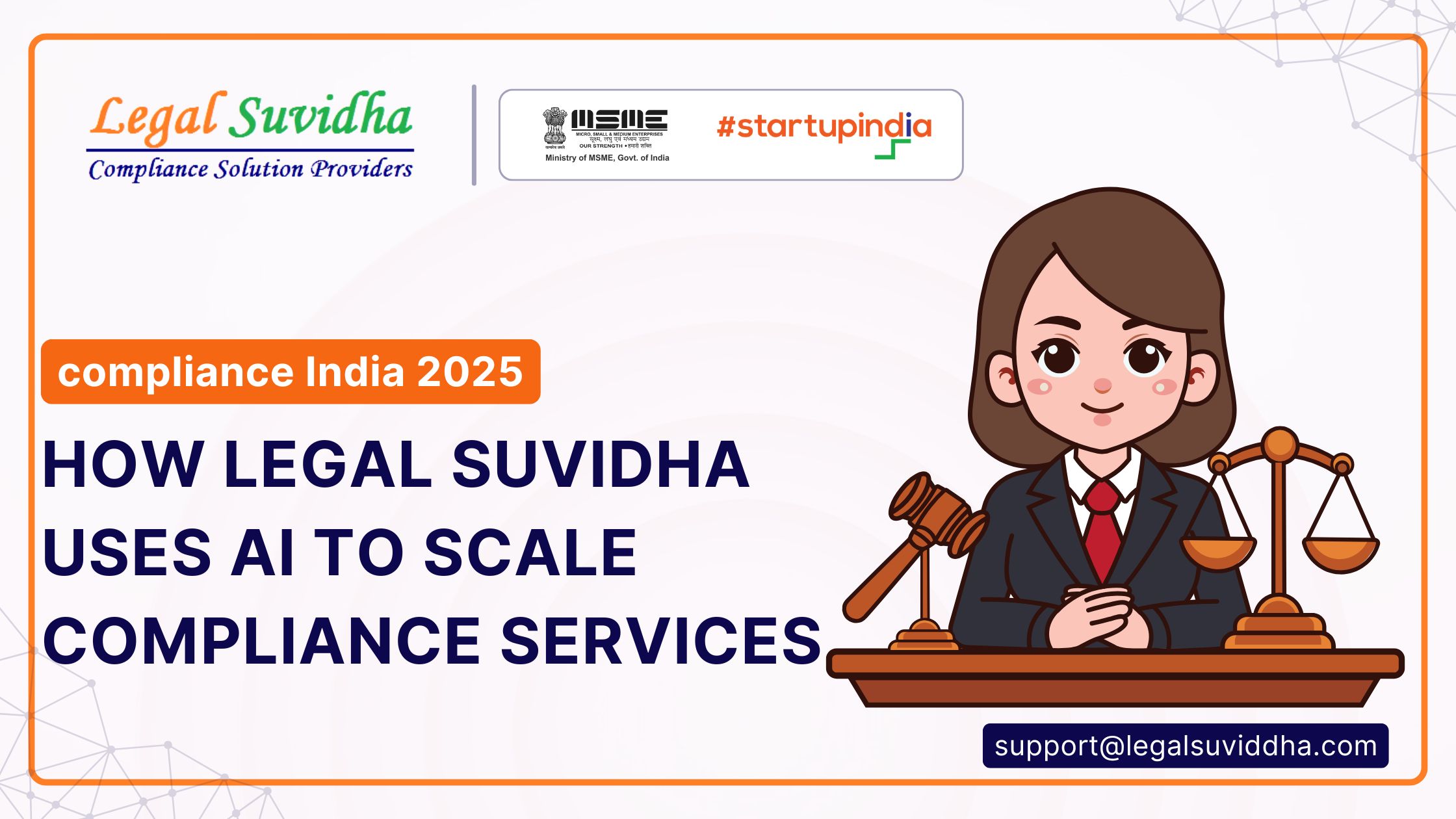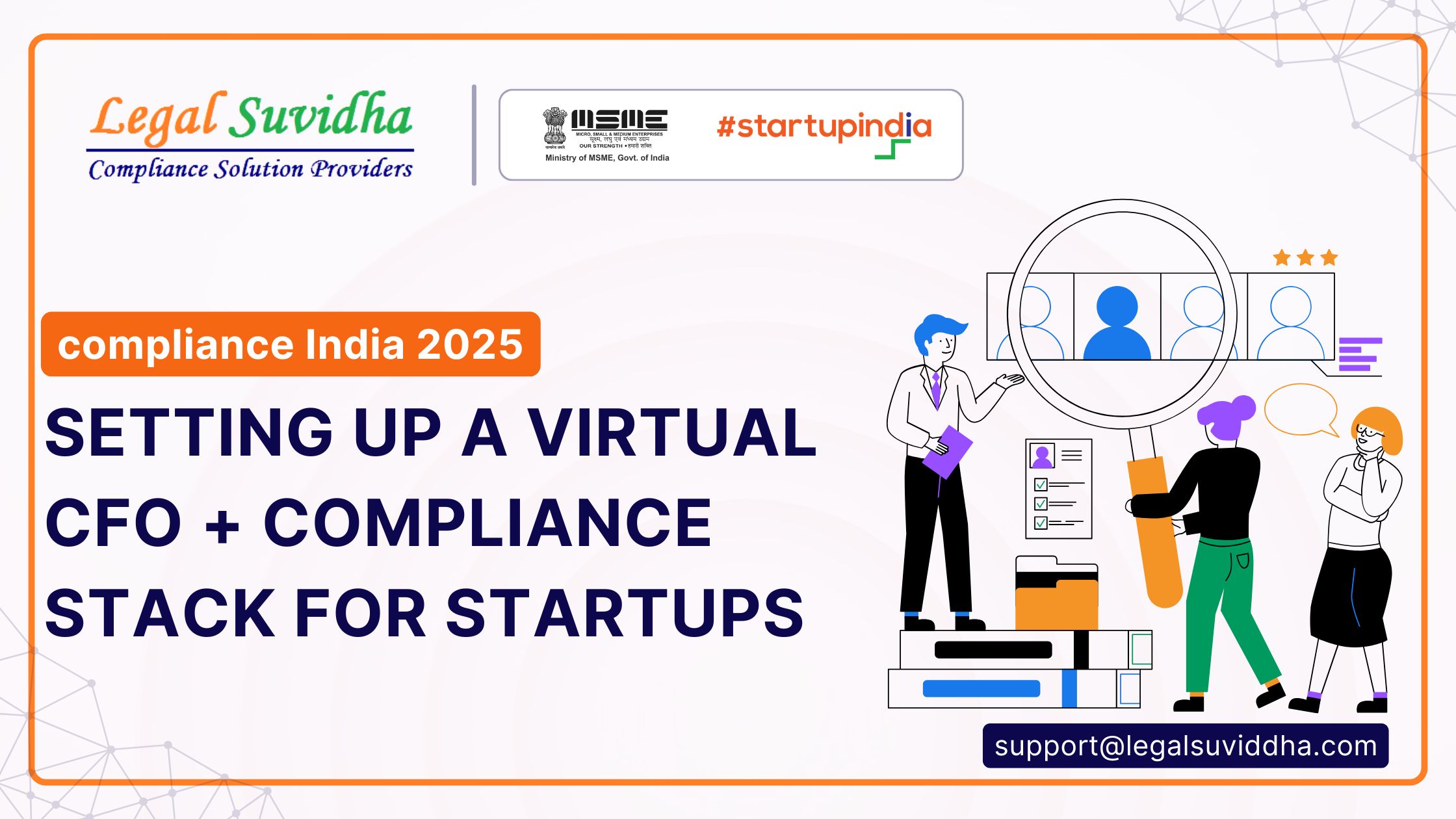The introduction of the Goods and Services Tax (GST) in India has revolutionized the nation’s taxation system. The GST framework has brought about a centralized approach to tax administration, making it easier for businesses to comply with tax regulations. With the implementation of e-invoicing in India, a vast amount of digital data is being generated, offering tremendous opportunities for analysis and prediction. Predictive modeling techniques, such as regression, classification, and time series forecasting, can be employed to extract valuable insights and optimize decision-making processes. In this blog post, we will explore the application of these techniques to GST e-invoicing data, highlighting their benefits and potential use cases.
Regression Modeling:
Regression analysis is a powerful technique used to predict numerical values based on historical data. In the context of GST e-invoicing, regression models can be employed to predict key indicators such as sales revenue, tax liabilities, and cash flow. By analyzing historical data, businesses can identify patterns and relationships between various factors, enabling them to make informed forecasts. Regression models also allow for the identification of influential variables that significantly impact GST compliance and financial performance. This knowledge can assist businesses in developing effective strategies to manage their tax liabilities and optimize revenue generation.
Optimizing Revenue Generation through Regression Modeling in GST E-invoicing
To optimize revenue generation through regression modeling in GST E-invoicing, you can follow these steps:
1. Understand the problem: Gain a clear understanding of the revenue generation challenges you are facing in GST E-invoicing. Identify the key factors that impact revenue and determine the variables you can measure and analyze.
2. Data collection: Collect relevant data related to GST E-invoicing and revenue generation. This may include data on sales transactions, invoice details, customer information, product categories, pricing, and any other relevant factors that can influence revenue.
3. Data preprocessing: Clean and preprocess the collected data to ensure its quality and consistency. This may involve handling missing values, removing duplicates, standardizing data formats, and performing any necessary transformations.
4. Feature selection: Identify the most significant features that affect revenue generation. This can be done through techniques such as correlation analysis or feature importance analysis. Selecting the right set of features is crucial for accurate regression modeling.
5. Split the data: Divide the data into training and testing sets. The training set will be used to build the regression model, while the testing set will be used to evaluate its performance.
6. Regression modeling: Apply regression modeling techniques, such as linear regression, multiple regression, or decision tree regression, to predict revenue based on the selected features. Adjust the model parameters to obtain the best fit and accuracy.
7. Model evaluation: Assess the performance of the regression model using evaluation metrics such as mean squared error (MSE), root means squared error (RMSE), mean absolute error (MAE), or the coefficient of determination (R-squared). Compare the predicted revenue values with the actual revenue values from the testing set.
8. Model refinement: If the initial model performance is not satisfactory, refine the model by iteratively adjusting parameters, adding or removing features, or exploring different regression algorithms. Continuously evaluate the model’s performance until you achieve the desired level of accuracy.
9. Interpretation and insights: Analyze the coefficients or importance of features in the regression model to gain insights into the factors that significantly impact revenue generation. This information can help you make informed decisions and take action to optimize revenue.
10. Deployment and monitoring: Once you are satisfied with the regression model’s performance, deploy it in your GST E-invoicing system. Continuously monitor and update the model as new data becomes available to ensure its effectiveness over time.
Classification Modeling:
Classification modeling techniques are valuable when dealing with categorical data or making predictions based on predefined classes or categories. In the case of GST e-invoicing, classification models can be applied to predict the likelihood of invoice discrepancies, tax evasion, or non-compliance. By utilizing historical data and incorporating relevant features, businesses can train classification models to identify patterns indicative of potential risks. These models can help tax authorities and businesses in implementing effective measures to prevent tax fraud, improve compliance rates, and ensure fair taxation practices. The ability to classify invoices based on potential risks can streamline the audit process and enhance the efficiency of tax administration.
Performance evaluation metrics for classification models in GST e-invoicing
When evaluating the performance of classification models in the context of GST e-invoicing, there are several commonly used metrics that can be employed. These metrics help assess the accuracy and effectiveness of the models in predicting the correct classification or label for the e-invoices. Here are some performance evaluation metrics commonly used for classification models:
1. Accuracy: Accuracy measures the overall correctness of the predictions made by the model. It is the ratio of the number of correct predictions to the total number of predictions.
2. Precision: Precision calculates the proportion of correctly predicted positive instances out of the total instances predicted as positive. It focuses on the accuracy of positive predictions.
3. Recall: Recall, also known as sensitivity or true positive rate, measures the proportion of correctly predicted positive instances out of the actual positive instances. It focuses on the ability of the model to identify all positive instances.
4. F1 Score: The F1 score is the harmonic mean of precision and recall. It provides a balanced measure of the model’s performance by considering both precision and recall.
5. Specificity: Specificity, also known as true negative rate, measures the proportion of correctly predicted negative instances out of the actual negative instances. It focuses on the ability of the model to identify all negative instances.
6. Area Under the Receiver Operating Characteristic Curve (AUC-ROC): AUC-ROC is a performance metric that assesses the model’s ability to distinguish between classes. It plots the true positive rate (sensitivity) against the false positive rate (1 – specificity) for various classification thresholds. The AUC-ROC score ranges from 0 to 1, with a higher value indicating better performance.
7. Confusion Matrix: A confusion matrix is a table that summarizes the performance of a classification model. It displays the number of true positives, true negatives, false positives, and false negatives. From the confusion matrix, various metrics such as accuracy, precision, recall, and specificity can be derived.
Time Series Forecasting:
Time series forecasting is a specialized predictive modeling technique used to predict future values based on past observations collected at regular time intervals. In the context of GST e-invoicing, time series forecasting can be applied to predict key indicators such as sales volumes, tax collections, and cash flow over time. By analyzing historical data patterns, seasonal variations, and trends, businesses can anticipate future demand, plan inventory levels, and optimize resource allocation. Time series forecasting can also assist tax authorities in estimating future tax revenues and formulating effective fiscal policies. This enables them to allocate resources efficiently and make informed decisions about tax rates and incentives.
Time Series Forecasting Tools and Software for GST e-Invoicing
There are several popular tools and software available for time series forecasting in the context of GST e-Invoicing. Here, are some of them:
1. R: R is a widely used programming language for statistical computing and graphics. It provides various packages for time series analysis, such as forecast, series, and prophet. R offers a comprehensive set of functions for data manipulation, visualization, and modeling, making it a popular choice among statisticians and data scientists.
2. Python: Python is another versatile programming language that offers numerous libraries for time series forecasting. Libraries like stats models, Prophet, and sci-kit-learn provide a wide range of methods and models for analyzing and predicting time series data. Python’s popularity and ease of use make it a preferred tool for many data analysts and researchers.
3. SAS: SAS (Statistical Analysis System) is a powerful software suite used for advanced analytics and business intelligence. It offers various modules and procedures specifically designed for time series forecastings, such as SAS/ETS and SAS Forecast Server. SAS provides a comprehensive environment for data manipulation, visualization, and modeling, making it suitable for complex forecasting tasks.
4. MATLAB: MATLAB is a popular programming language and environment for technical computing. It provides numerous built-in functions and toolboxes for time series analysis and forecasting. MATLAB’s extensive functionality and user-friendly interface make it a preferred choice for researchers and engineers working on time series forecasting problems.
5. Tableau: Tableau is a widely used data visualization tool that also offers capabilities for time series analysis and forecasting. With its intuitive interface and drag-and-drop functionality, Tableau allows users to explore, visualize, and analyze time series data easily. It provides various forecasting models and options to help users make predictions and gain insights from their data.
6. Excel: Microsoft Excel, although not specifically designed for time series forecasting, offers basic functionality for analyzing and forecasting time series data. With built-in functions like FORECAST and TREND, Excel can be used for simple forecasting tasks. It is a widely available tool and is often used by individuals and small businesses for basic forecasting needs.
Benefits and Use Cases:
The application of predictive modeling techniques to GST e-invoicing data offers several benefits and potential use cases. By leveraging regression modeling, businesses can optimize their tax planning strategies, improve cash flow management, and enhance overall financial performance. They can identify factors that have the most significant impact on tax liabilities and take proactive measures to mitigate risks. Classification modeling techniques can aid tax authorities in detecting and preventing tax evasion, minimizing revenue leakages, and ensuring fair and transparent taxation. By accurately identifying high-risk invoices, tax authorities can prioritize their audit efforts and minimize compliance issues. Time series forecasting provides valuable insights into future market trends, enabling businesses to make informed decisions regarding inventory management, resource allocation, and pricing strategies. It helps them to align their operations with anticipated demand, thereby reducing costs and improving customer satisfaction.
If You have any queries then connect with us at [email protected] or [email protected] & contact us & stay updated with our latest blogs & articles








